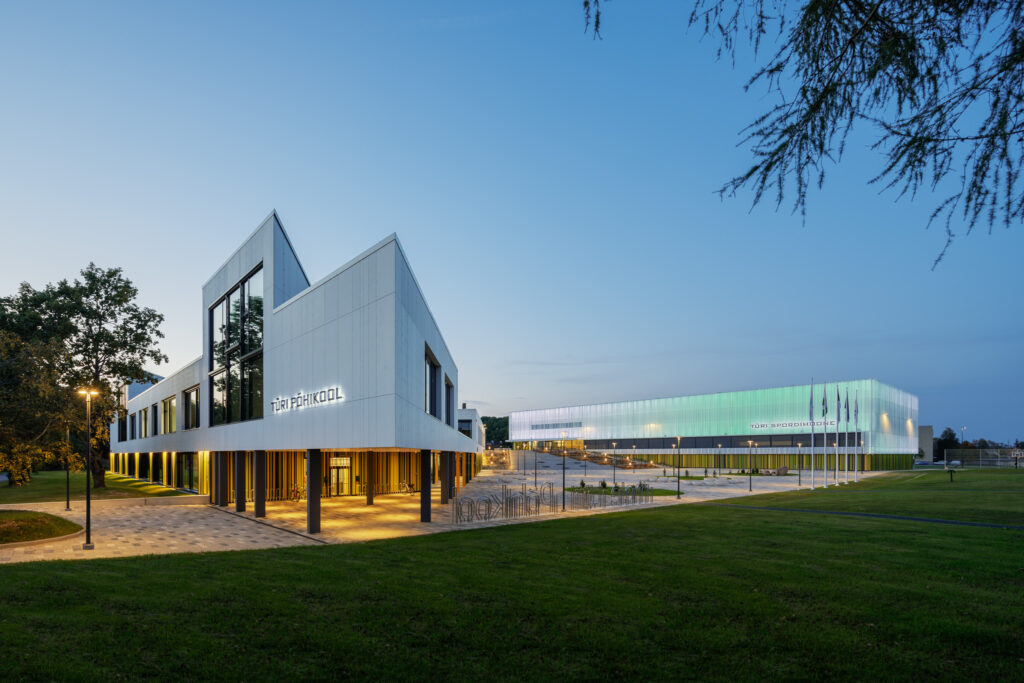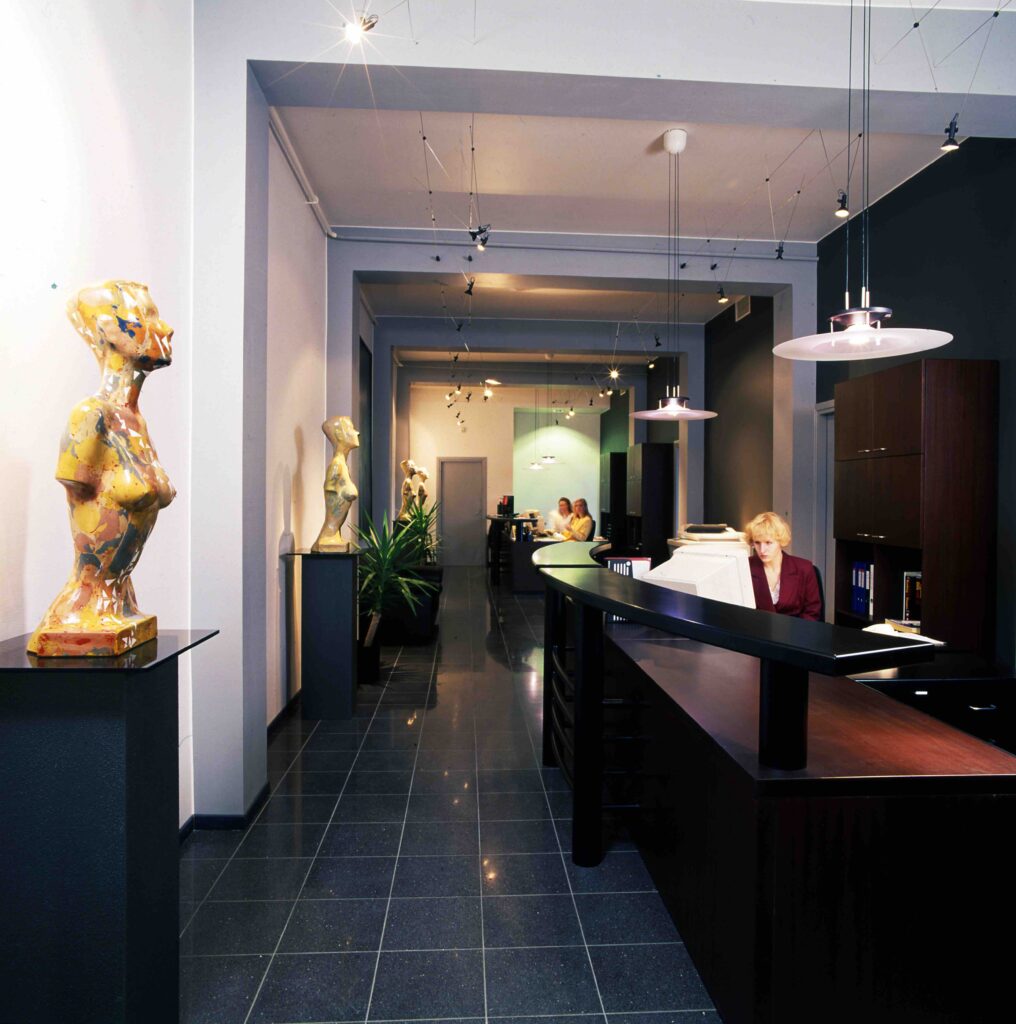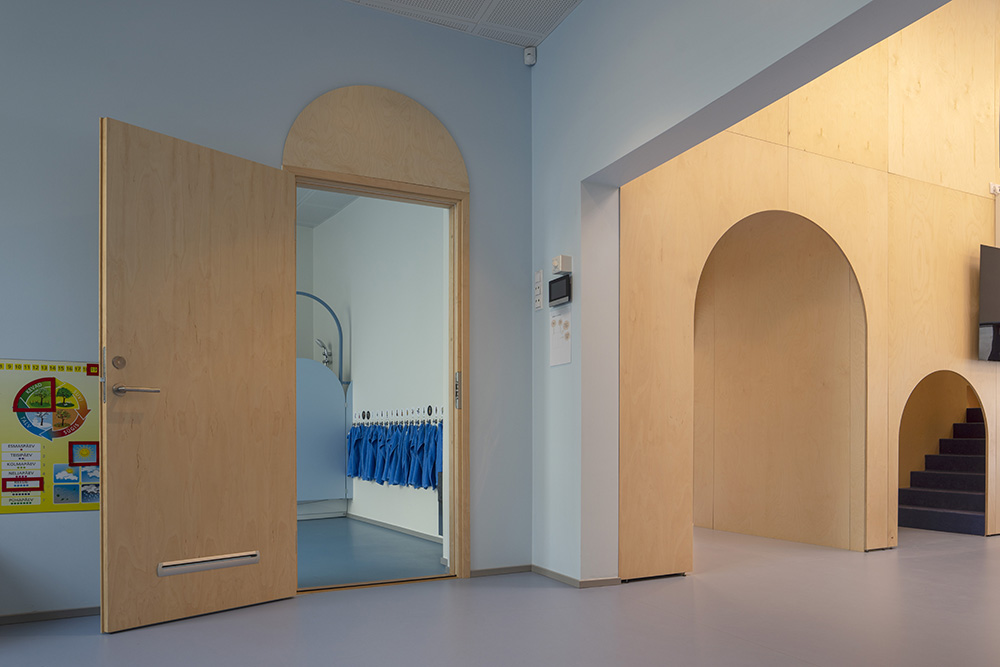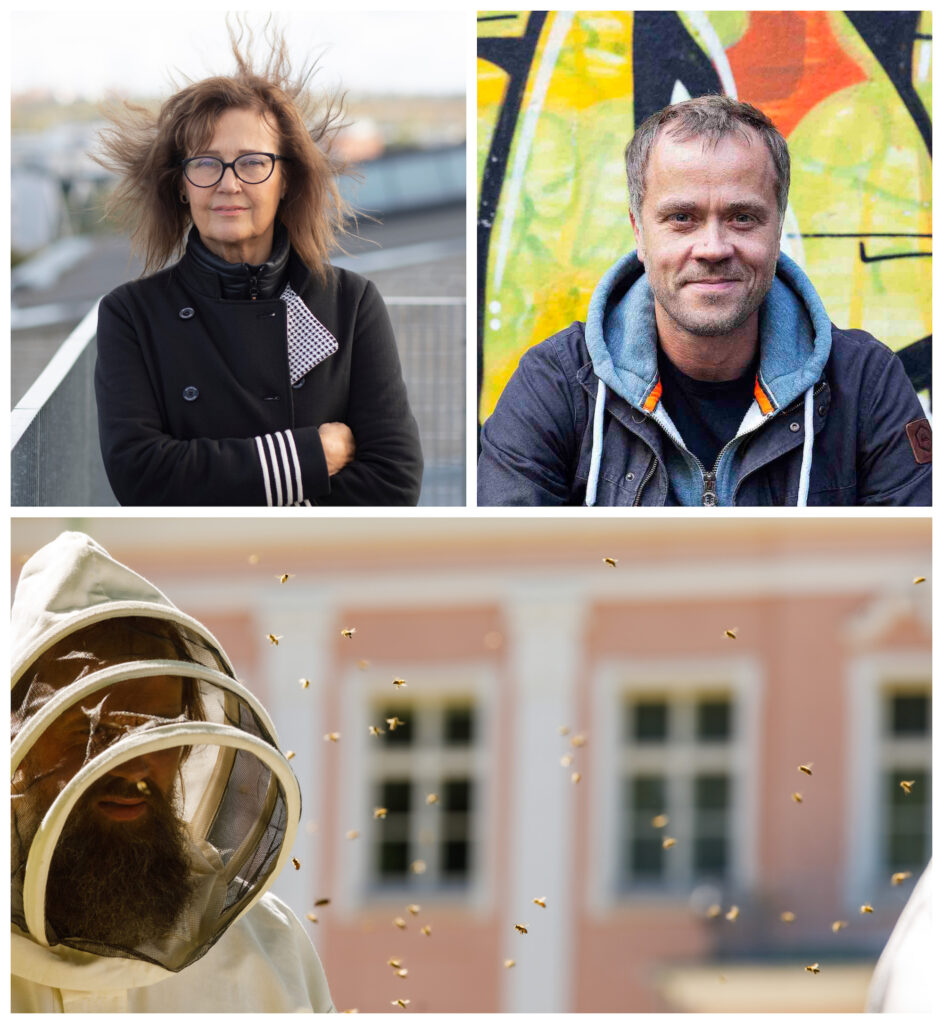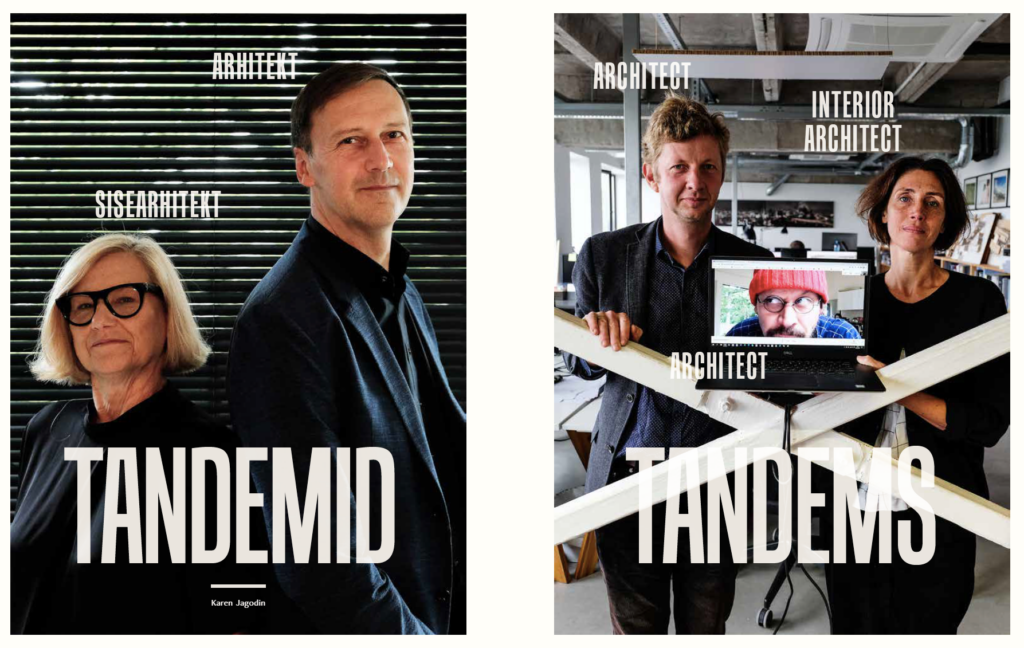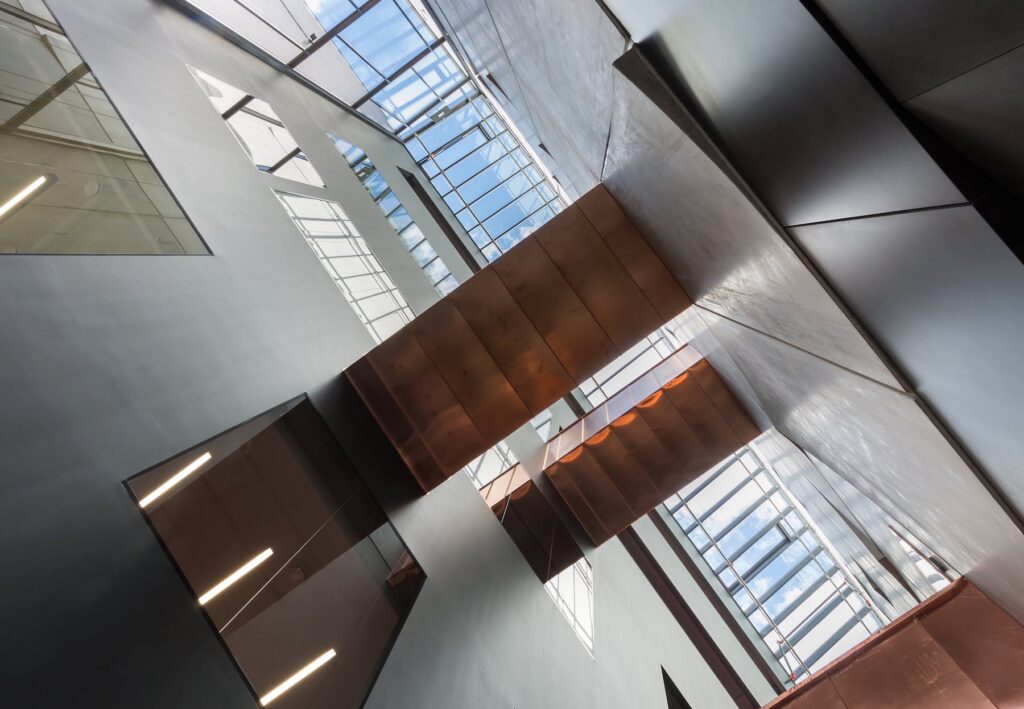INTERIOR
Türi Middle School is a well-executed example of a contemporary school—breaking preconceptions about the organisation of space, encouraging new practices that involve alterations by the users, and offering spatial solutions for socialising as well as withdrawing.
Over the course of the past thirty years, designing school spaces has migrated from being a marginally positioned subject matter to the centre of focus in the field of architecture, supported by scientific studies and continual research and development. The spaces for learning have acquired a new image and meaning.
We have gained an unprecedented amount of trust from our employers. Work has suddenly become dispersed, taking place asynchronously at different locations and different times. One gets a sense now of deeper reflection on how companies should organise their work and inspire their workers. This has led to a shift in understanding—what takes place within the environment has begun to affect the environment itself and its fundamental idea, which in turn guides the aesthetic decisions on space.
Photo Essay by Paco Ulman.
Six educators and practitioners from all over the world who specialise in interior architecture joined me for a discussion about how they conceptualise the role of the interior architect in spatial design, what the challenges of the specialisation are and what kind of education would help meet those challenges.
Six educators and practitioners from all over the world who specialise in interior architecture joined me for a discussion about how they conceptualise the role of the interior architect in spatial design, what the challenges of the specialisation are and what kind of education would help meet those challenges.
For the current article, I spoke with two architect and interior architect tandems whose cooperation has become their preferred form of creative effort: Kalle Vellevoog and Tiiu Truus as well as Mihkel Tüür, Ott Kadarik and Kadri Tamme.
Estonian Academy of Arts (EKA) master’s theses in interior architecture demonstrate an ability to raise serious global issues, and a polemical search for what interior architecture could contribute to their resolution.
Urmo Vaikla is an interior architect and an executive board member of the International Federation of Interior Architects/Designers. We discussed the current state of interior architecture and the challenges it faces in the contemporary world.
In the past years we have seen the state’s increased interest in and expectations for interior design solutions as a conceptual whole. In order to discuss what we have achieved and where to proceed, the chairman of the management board of the Estonian Association of Interior Architects Pille Lausmäe-Lõoke was joined by the State Real Estate architect and former vice-president of the Estonian Association of Architects Kalle Komissarov and the spatial design project manager Kristiina Vasar.
Postitused otsas
ARCHITECTURE AWARDS


